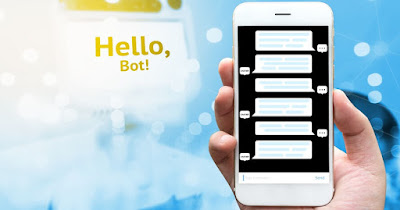What are Chatbots and how does a chatbots work..?? || techtalksgroup ||

A chatbot is an artificial intelligence (AI) software that can simulate a conversation (or a chat) with a user in natural language through messaging applications, websites, mobile apps or through the telephone. A chatbot is often described as one of the most advanced and promising expressions of interaction between humans and machines. However, from a technological point of view, a chatbot only represents the natural evolution of a Question Answering system leveraging Natural Language Processing (NLP). The ability to identify the user’s intent and extract data and relevant entities contained in the user’s request is the first condition and the most relevant step at the core of a chatbot: If you are not able to correctly understand the user’s request, you won’t be able to provide the correct answer. Returning the response: once the user’s intent has been identified, the chatbot must provide the most appropriate response for the user’s request. The answer may be: ...
